I have a matrix of size 28x22. The first row, last two rows, first column and last two columns (marked in red and green color) are empty. These columns and rows are supposed to be filled by bicubic interpolation.
I have read several posts on SO and internet about bicubic interpolation but unfortunately, I am not able to understand it. Furthermore, I read that bicubic interpolation need the knowledge of 4x4 grid around the pixel that need to be interpolated. However, since the rows and columns are at boundary so, I don't have a 4 x 4 grid around them.



